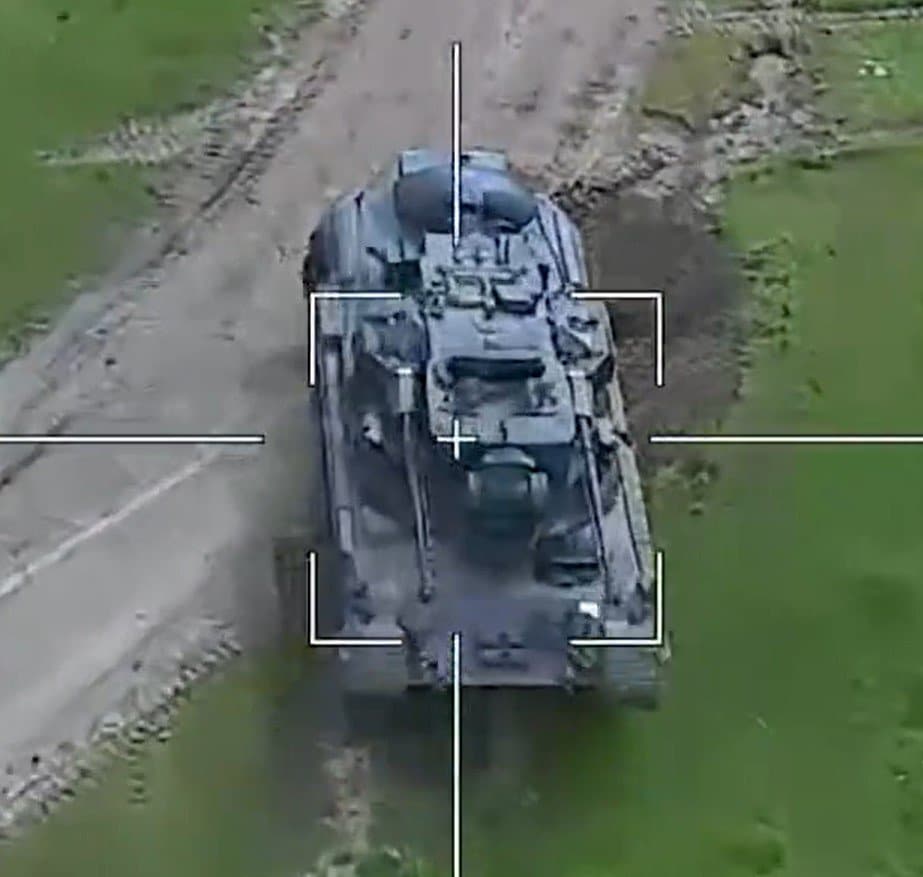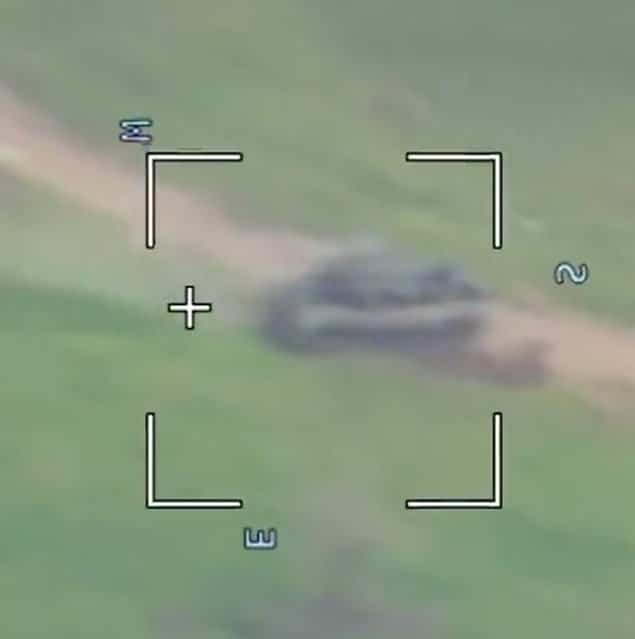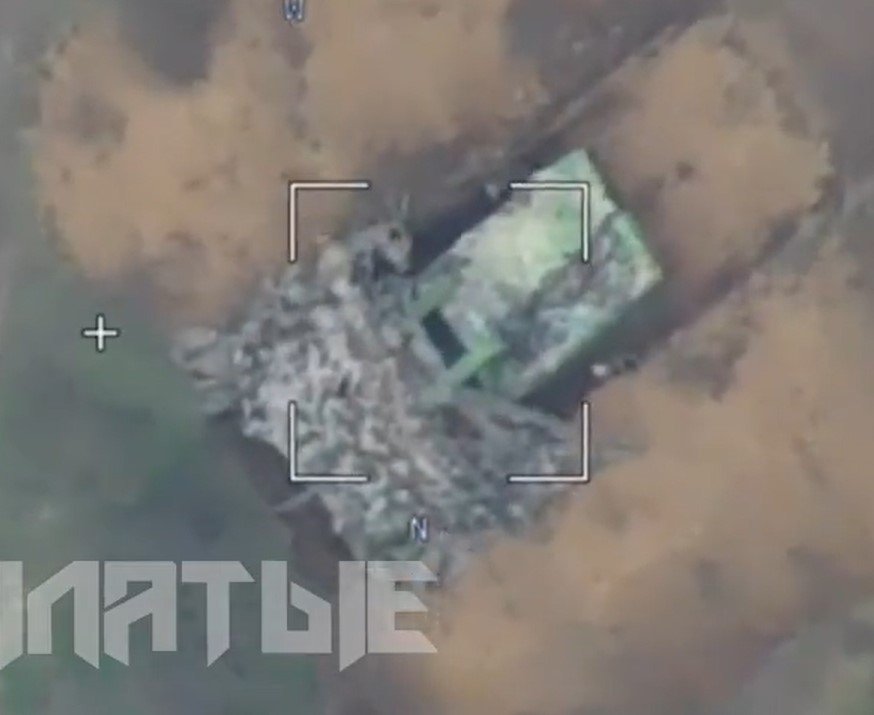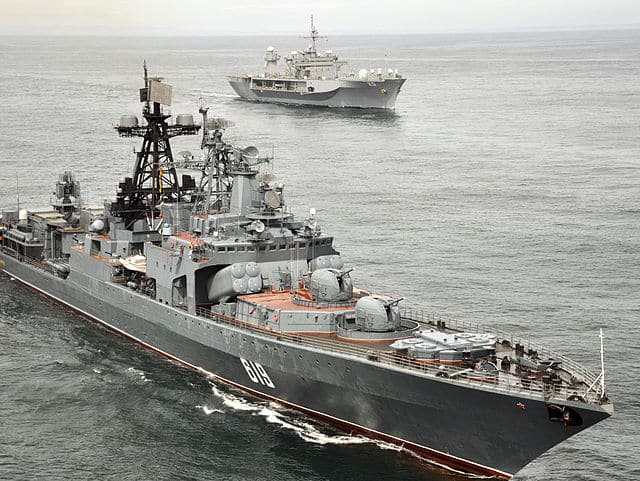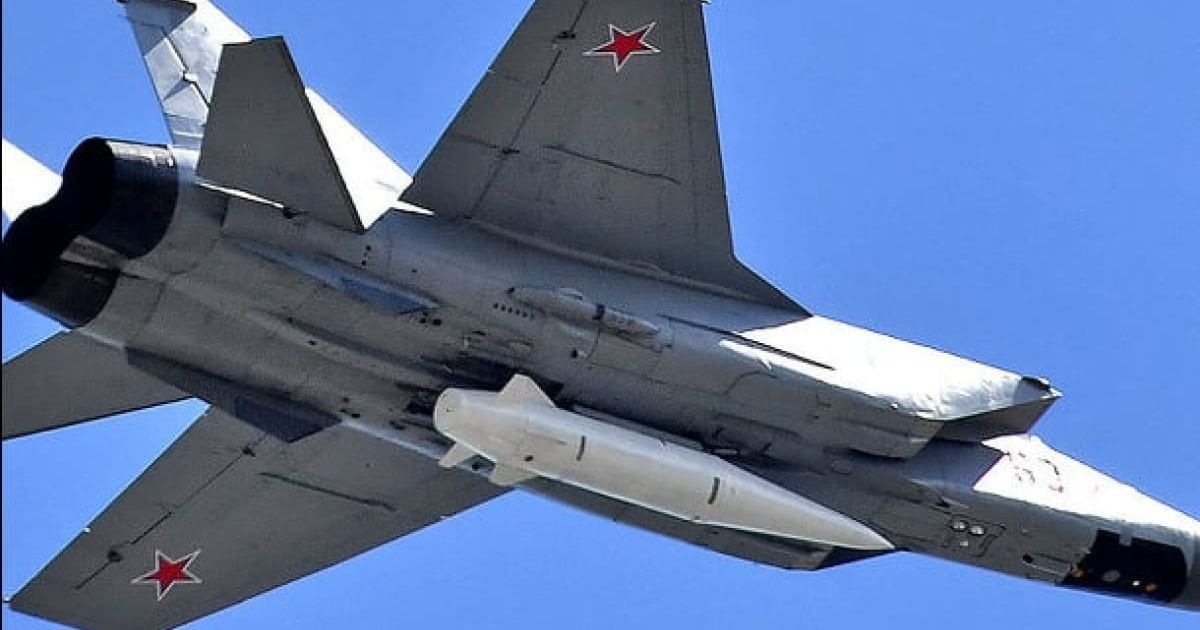Table of Contents
Russian Lancet drones have become a problem for Ukrainian artillery. However, there are ways to counter them. Moreover, the use of Lancets is not as widespread and successful as Russian propaganda tries to show.
Since autumn, images of Ukrainian equipment being targeted by Russian drones began to appear in the reports of Russian propaganda resources. These images depict the use of Lancets, which are Russian drones developed by a unit of the Kalashnikov concern called Zala Aero. Lancet drones are operated by operators from control points, which is fundamentally different from Shahed drones, which simply fly to a target based on given coordinates. The maximum range of the Lancet-3 reaches up to 40 km and the maximum weight is 12 kg.
In fact, this is a loitering munition capable of staying in the air for a long time in waiting mode and attacking a target after receiving a command from the operator. It can be armed with both high explosive (HE) or HE-fragmentation warheads. The Lancet was first used in combat in Syria, which served as a testing ground for many types of Russian weapons.
Propaganda element
When we talk about Lancet drones, it is worth separating the real component from propaganda. The fact is that Russia today actively uses Lancets for information-psychological operations (i.e., lies). In fact, they are creating a myth about another high-precision weapon that is supposedly extremely effective and inaccessible to countermeasures. This is primarily achieved by spreading videos in propaganda media showing supposed successful hits of Lancets on Ukrainian armored vehicles.
But the reality is different. Firstly, we do not know the actual ratio of successful hits and misses of Lancet drones. Considering that Ukrainian forces regularly report the downing of at least a few Lancets (unfortunately, without disclosing details), we can confidently divide the statements of the Russian side by at least two or three.
And even in the case of a successful hit, it is impossible to say for certain whether the equipment was destroyed or significantly damaged. The videos posted by Russians only show footage of the drone approaching the target, and the video cuts off at that point. Russians do not show whether or not any damage was inflicted, or what kind of damage was inflicted.
Here is a recent example of such information-psychological operations. Russian propaganda channels actively spread a photo of a German Gepard taken by a Lancet drone and claim that a German anti-aircraft gun was hit.
All photos provided by Texty.org.ua
But if you look closely at the end of the video, you will see that the smoke after the impact dissipates for a moment, and the Gepard continues to stand undamaged. And at that very moment, Russians stop their story.
However, part of the job has already been done: Russians have shouted to the world that they can destroy Western weapons.
The threat is real
Unfortunately, the threat from Lancets is not just media hype. According to data from Oryx, Russian drones are a real problem. Oryx reports that Lancet drones have destroyed or damaged about 20 American M777 howitzers and 10 self-propelled artillery systems supplied by our partners, including the M109 and Polish Krab. Among the trophies of Russian drones, various radar systems of Ukrainian and Western production were also found, as well as air defense systems such as the S-300.
Oryx believes that with the help of Lancets, Russians were able to hit 113 targets, while 41 Lancet drones missed. However, it is crucial to remember that, as mentioned earlier, Russians primarily publish videos of successful launches. Therefore, Oryx’s statistics do not provide a real understanding of the ratio of successful to unsuccessful launches.
Towed artillery is under threat
“The range of Lancet drone is quite significant — 40-50 km. Therefore, if the operator is 10 km away from the front line, the drone can still fly 30 km from the line of contact. The range of our M777 howitzer is 20 km, but it is mostly closer to the front line. The range of Grad is 20 km, Uragan — 35-37 km, the firing range of a tank is 5-7 km, and Himars — is 84 km with the ammunition we have today. In other words, Lancet drone can reach almost any artillery system or tank. Of course, artillery systems, air defense means, and electronic warfare means are the main targets of Lancets,” says Pavlo Narozhnyy, a volunteer who specializes in supporting artillery.
Usually, Lancets work in pairs with reconnaissance drones Orlans. The latter identifies targets and works as signal relays. Russian propaganda videos about Lancet hits are mostly filmed by Orlans.
Lancets have two types of warheads. One is with a fragmentation warhead, and another is with a high explosive warhead. The high explosive warhead is simply a steel container with an explosive inside. Lancets carry 3 kg of explosives, which is relatively small. For comparison, a 155 mm artillery shell contains 11 kg of explosives.
For towed howitzers, such as the American M777 or Soviet counterparts, high explosive ammunition is a real threat. And first of all, not even for the howitzer itself, but for the artillery crew, that is, the people who operate it.
The problem with the M777 howitzers is that they cannot be quickly assembled. The self-propelled artillery unit can turn its barrel towards the direction of movement and drive away, but howitzer on artillery tractor generally needs to be buried. Although, overall, it is easier to assemble a howitzer than to install it. But it is still a process that, at best, takes 5-10 minutes. And if the howitzer has already been spotted by a drone, it is unlikely that it can be collected in time. This is generally a problem for all artillery that cannot move on its own. Therefore, during all communications with allies, the Ukrainian side primarily requests self-propelled artillery units.
But typically the high-explosive charge of the Lancet is not enough to fully damage the same self-propelled artillery unit. There is a video on the internet, published by Russians, where a Lancet hits an American M109 Paladin, but the self-propelled artillery unit keeps moving.
There are photographs published by Ukrainian General Staff showing a Lancet drone hitting a Krab self-propelled artillery unit. It was covered by a net, which saved it. There is a danger for the self-propelled artillery unit, but it is not critical.
However, there are still drones with fragmentation warheads for targeting armored vehicles. When hit with a fragmentation projectile, the likelihood of destroying the armored vehicle is significantly higher.
For example, tanks have a heavily armored front of hull, while the armor is significantly thinner on the top, rear, and sides. A fragmentation projectile from this angle can easily penetrate it. Even a high explosive round, if it hits the engine compartment, can cause significant damage to the tank. However, tanks are attacked less frequently, perhaps because artillery is currently considered more important than tanks. It is the artillery that accounts for up to 90% of the firepower. Therefore, it is evident that the most valuable target for Russian Lancets remains artillery.
Another problematic aspect of Lancet drones is hitting moving targets. These drones are not designed for attacks on such targets. There is very little video footage showing successful hits of Lancets on moving targets, primarily focusing on larger objects.
Three ways to defend against drones
Method #1: Metal Mesh
The simplest form of defense is to stretch a mesh netting over the cannon. Even if the drone explodes, when it hits such a mesh, it causes significantly less damage than without it. The mesh increases the likelihood that the artillery system will remain undamaged, and while people around may be concussed, they will remain alive.
Lancet drones do not have the same steel fragments as artillery projectiles, which are made of a special type of steel and disperse into small pieces within a radius of at least 20 meters after an explosion. This is a fundamental difference between drones and artillery projectiles. And yes, all claims that drones can replace artillery projectiles are untrue.
Personnel should not be near the howitzer when it is not firing to protect themselves. During breaks in firing, individuals should move away from the howitzer by 20-30 meters and take cover in a dugout.
Method #2: Electronic Warfare (EW)
Electronic warfare (EW) systems. In general, it is sufficient to jam the control or video signal, rendering the drone completely helpless. Currently, we have several types of EW systems, one of the most well-known is Bukovel. It can jam the Lancet drone at a distance of approximately 10 km.
The most critical issue for us is the lack of EW. If there is artillery in operation, it should be covered by EW systems.
However, there can also be problems with EW systems against Lancets.
Here’s what one of the Ukrainian EW operators told Texty media outlet: “Firstly, there are reconnaissance UAVs with the same signal as the Lancet. Secondly, UAVs, including the Lancet drone, can fly in a silent mode, making it impossible to detect them in advance based on the signal. Thirdly, EW suppresses the signal receiver. This means that the video from the Lancets is jammed at the control station. The control stations are located at a considerable distance, so effectively jamming the video is not feasible. It is easier to jam the navigation, but jamming the control signal is significantly more challenging.”
Method #3: Frequency Detector
Another means of countering Lancet drones is through the use of a frequency detector. The frequencies on which these drones operate are precisely known. Therefore, these frequencies can be monitored using specialized devices, and as soon as a signal appears on a frequency, it indicates that a Lancet is flying somewhere, and caution should be exercised while monitoring the sky.
Another way to combat the dominance of Lancets is to create false targets for them. As evidenced even by Russian propaganda videos, the Ukrainian side is quite actively using this method of fighting against Russian drones.
A frame from a Russian propaganda video where they pompously claimed the destruction of the Ukrainian Osa anti-aircraft missile system. However, upon closer examination, it becomes clear that it is only a model that remotely resembles Ukrainian military equipment. Considering that the production of models of Ukrainian military equipment is not limited to Ukraine alone but also takes place in Europe and even in the USA (this conclusion can be drawn from recently circulated photos of Ukrainian equipment models found in some American locations), the Ukrainian Armed Forces understand the importance of developing such a direction.
See also: Iranian kamikaze drones Arash-2 – what is known about them, their capabilities and characteristics
Disrupt supply chains
Lancet drones still rely on components of foreign origin imported to Russia. Partially, this can be explained by Russia’s preparation for war, where it built up significant reserves of necessary spare parts. However, according to the findings of an international research group, foreign components for Lancet drones continue to arrive in Russia even after the start of a large-scale invasion.
The first known instance of Russian weapon production using foreign microchips, manufactured after the start of the large-scale invasion, was discovered in a report published by the independent group Conflict Armament Research, which investigates captured Russian weapons on the battlefield.
Researchers specifically examined the contents of captured Russian Lancet drones in February and March. As a result, three identical chips produced by an American company at an offshore factory were found.
The detection of such chips does not necessarily indicate a violation of export control since the United States had not imposed restrictions on this specific type of chips until September. They could have been manufactured in August and possibly shipped immediately.
However, regardless of the specifics, this situation demonstrates the path that Ukraine and its international partners should follow. Increasing export restrictions and continuously monitoring and detecting new shadow supply chains of these same chips will ultimately “cut off the oxygen” for Russian defense industry enterprises and drone manufacturers in particular.
And one more thing. According to Ukrainian drone designers, Ukraine should take a more proactive stance in the situation with Lancet drones. This includes implementing large-scale production of drones that are similar or even superior in capabilities, which would prevent Russians from approaching the launch distance and effectively thwart their attempts along the front line. However, achieving such goals requires a lot of work and effort.
Originally posted on Texty.org.ua. Translated and edited by the UaPosition – Ukrainian news and analytics website
See also: The factor of North and South Korea in the Russian-Ukrainian war

